Joshua A. Levine
Topology Aware Neural Interpolation of Scalar Fields
Aug 25, 2025Abstract:This paper presents a neural scheme for the topology-aware interpolation of time-varying scalar fields. Given a time-varying sequence of persistence diagrams, along with a sparse temporal sampling of the corresponding scalar fields, denoted as keyframes, our interpolation approach aims at "inverting" the non-keyframe diagrams to produce plausible estimations of the corresponding, missing data. For this, we rely on a neural architecture which learns the relation from a time value to the corresponding scalar field, based on the keyframe examples, and reliably extends this relation to the non-keyframe time steps. We show how augmenting this architecture with specific topological losses exploiting the input diagrams both improves the geometrical and topological reconstruction of the non-keyframe time steps. At query time, given an input time value for which an interpolation is desired, our approach instantaneously produces an output, via a single propagation of the time input through the network. Experiments interpolating 2D and 3D time-varying datasets show our approach superiority, both in terms of data and topological fitting, with regard to reference interpolation schemes.
A Practical Solver for Scalar Data Topological Simplification
Jul 17, 2024



Abstract:This paper presents a practical approach for the optimization of topological simplification, a central pre-processing step for the analysis and visualization of scalar data. Given an input scalar field f and a set of "signal" persistence pairs to maintain, our approach produces an output field g that is close to f and which optimizes (i) the cancellation of "non-signal" pairs, while (ii) preserving the "signal" pairs. In contrast to pre-existing simplification algorithms, our approach is not restricted to persistence pairs involving extrema and can thus address a larger class of topological features, in particular saddle pairs in three-dimensional scalar data. Our approach leverages recent generic persistence optimization frameworks and extends them with tailored accelerations specific to the problem of topological simplification. Extensive experiments report substantial accelerations over these frameworks, thereby making topological simplification optimization practical for real-life datasets. Our approach enables a direct visualization and analysis of the topologically simplified data, e.g., via isosurfaces of simplified topology (fewer components and handles). We apply our approach to the extraction of prominent filament structures in three-dimensional data. Specifically, we show that our pre-simplification of the data leads to practical improvements over standard topological techniques for removing filament loops. We also show how our approach can be used to repair genus defects in surface processing. Finally, we provide a C++ implementation for reproducibility purposes.
Compressive Neural Representations of Volumetric Scalar Fields
Apr 11, 2021
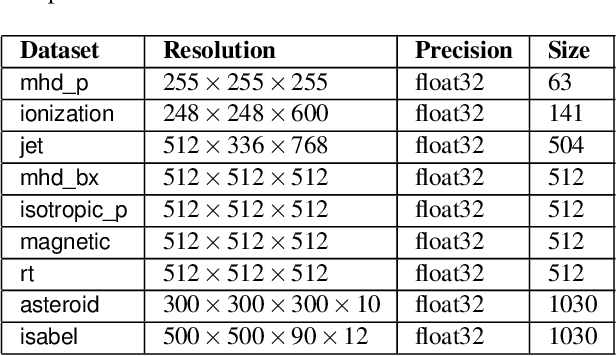
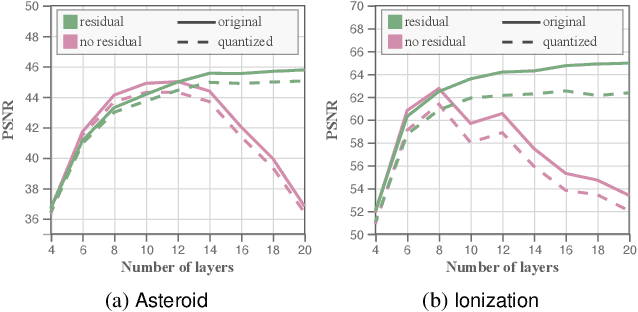
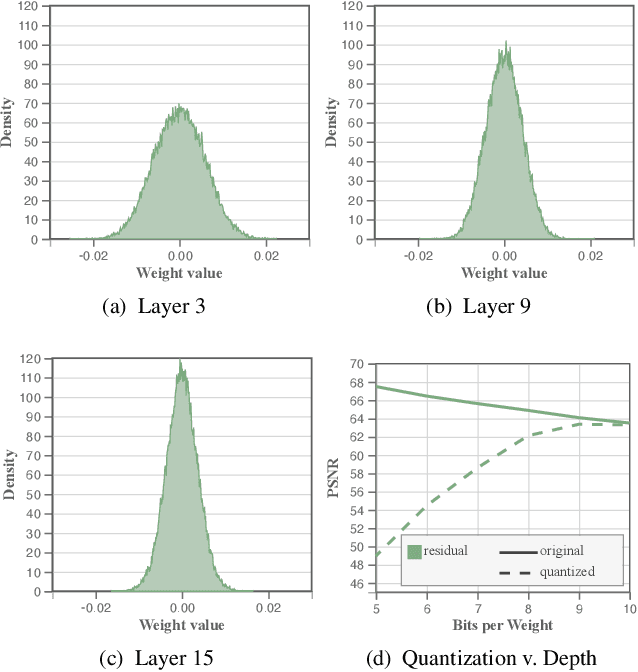
Abstract:We present an approach for compressing volumetric scalar fields using implicit neural representations. Our approach represents a scalar field as a learned function, wherein a neural network maps a point in the domain to an output scalar value. By setting the number of weights of the neural network to be smaller than the input size, we achieve compressed representations of scalar fields, thus framing compression as a type of function approximation. Combined with carefully quantizing network weights, we show that this approach yields highly compact representations that outperform state-of-the-art volume compression approaches. The conceptual simplicity of our approach enables a number of benefits, such as support for time-varying scalar fields, optimizing to preserve spatial gradients, and random-access field evaluation. We study the impact of network design choices on compression performance, highlighting how simple network architectures are effective for a broad range of volumes.
The Topology ToolKit
May 22, 2018
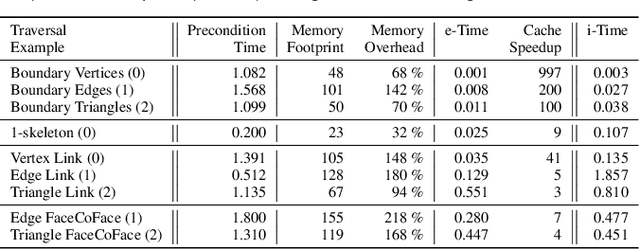
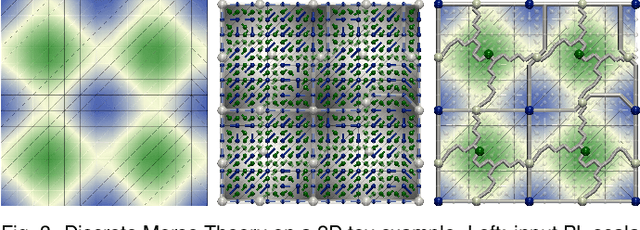
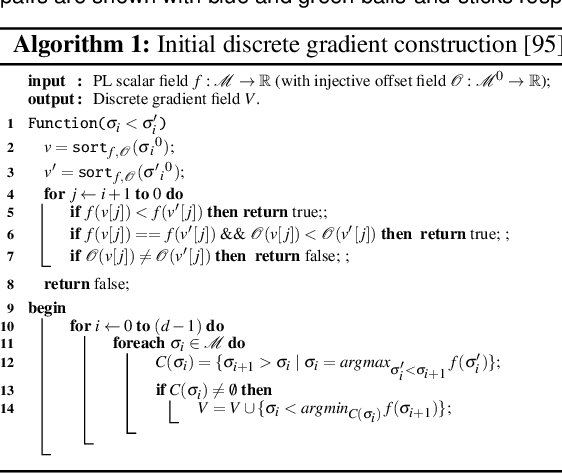
Abstract:This system paper presents the Topology ToolKit (TTK), a software platform designed for topological data analysis in scientific visualization. TTK provides a unified, generic, efficient, and robust implementation of key algorithms for the topological analysis of scalar data, including: critical points, integral lines, persistence diagrams, persistence curves, merge trees, contour trees, Morse-Smale complexes, fiber surfaces, continuous scatterplots, Jacobi sets, Reeb spaces, and more. TTK is easily accessible to end users due to a tight integration with ParaView. It is also easily accessible to developers through a variety of bindings (Python, VTK/C++) for fast prototyping or through direct, dependence-free, C++, to ease integration into pre-existing complex systems. While developing TTK, we faced several algorithmic and software engineering challenges, which we document in this paper. In particular, we present an algorithm for the construction of a discrete gradient that complies to the critical points extracted in the piecewise-linear setting. This algorithm guarantees a combinatorial consistency across the topological abstractions supported by TTK, and importantly, a unified implementation of topological data simplification for multi-scale exploration and analysis. We also present a cached triangulation data structure, that supports time efficient and generic traversals, which self-adjusts its memory usage on demand for input simplicial meshes and which implicitly emulates a triangulation for regular grids with no memory overhead. Finally, we describe an original software architecture, which guarantees memory efficient and direct accesses to TTK features, while still allowing for researchers powerful and easy bindings and extensions. TTK is open source (BSD license) and its code, online documentation and video tutorials are available on TTK's website.
A Generative Model for Volume Rendering
Oct 26, 2017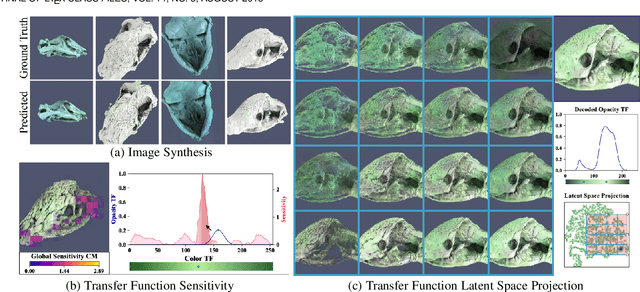


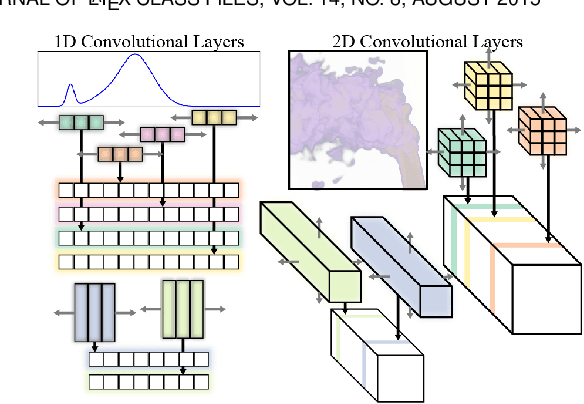
Abstract:We present a technique to synthesize and analyze volume-rendered images using generative models. We use the Generative Adversarial Network (GAN) framework to compute a model from a large collection of volume renderings, conditioned on (1) viewpoint and (2) transfer functions for opacity and color. Our approach facilitates tasks for volume analysis that are challenging to achieve using existing rendering techniques such as ray casting or texture-based methods. We show how to guide the user in transfer function editing by quantifying expected change in the output image. Additionally, the generative model transforms transfer functions into a view-invariant latent space specifically designed to synthesize volume-rendered images. We use this space directly for rendering, enabling the user to explore the space of volume-rendered images. As our model is independent of the choice of volume rendering process, we show how to analyze volume-rendered images produced by direct and global illumination lighting, for a variety of volume datasets.
 Add to Chrome
Add to Chrome Add to Firefox
Add to Firefox Add to Edge
Add to Edge